Intro
Discover 5 ways ovarian hemorrhagic cysts occur, including rupture, bleeding, and hormonal changes, affecting womens reproductive health and fertility, with symptoms and treatment options for this painful condition.
Ovarian hemorrhagic cysts are a type of ovarian cyst that can cause significant pain and discomfort in women. These cysts occur when a blood vessel within the cyst ruptures, leading to bleeding into the cyst. Understanding how ovarian hemorrhagic cysts occur is crucial for effective diagnosis and treatment. In this article, we will delve into the world of ovarian hemorrhagic cysts, exploring the various ways they can occur and what women can do to manage their symptoms.
The female reproductive system is complex, and ovarian cysts are a common occurrence in many women. While most ovarian cysts are benign, some can cause problems, especially if they rupture or become hemorrhagic. Ovarian hemorrhagic cysts are a type of functional cyst, which means they are related to the menstrual cycle. These cysts can occur at any age but are more common in women of childbearing age. The exact cause of ovarian hemorrhagic cysts is not always clear, but several factors contribute to their development.
Ovarian hemorrhagic cysts can be a significant concern for women, especially if they are experiencing severe symptoms. The good news is that most ovarian cysts, including hemorrhagic cysts, can be treated effectively with medical intervention. However, it is essential to understand the underlying causes of these cysts to prevent future occurrences. In the following sections, we will explore the different ways ovarian hemorrhagic cysts can occur, including the role of hormones, genetics, and lifestyle factors.
Ovarian Hemorrhagic Cyst Formation
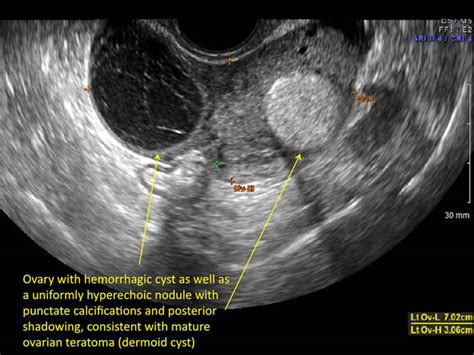
Hormonal Changes
Hormonal changes play a significant role in the formation of ovarian hemorrhagic cysts. The menstrual cycle is regulated by a complex interplay of hormones, including estrogen and progesterone. These hormones stimulate the growth and rupture of follicles in the ovary, which can lead to the formation of cysts. In some cases, hormonal imbalances can contribute to the development of ovarian hemorrhagic cysts. For example, women with polycystic ovary syndrome (PCOS) are more likely to develop ovarian cysts due to hormonal imbalances.Genetic Predisposition
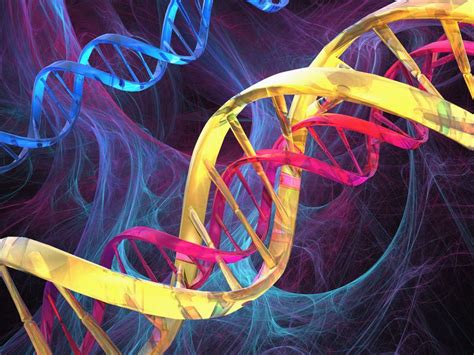
Lifestyle Factors
Lifestyle factors can also play a role in the development of ovarian hemorrhagic cysts. Women who smoke or are overweight may be more likely to develop ovarian cysts due to the negative impact of these lifestyle factors on overall health. A diet high in saturated fats and low in essential nutrients can also contribute to the development of ovarian cysts. Additionally, women who experience significant stress or have a history of trauma may be more likely to develop ovarian hemorrhagic cysts due to the impact of stress on the hormonal system.Types of Ovarian Hemorrhagic Cysts
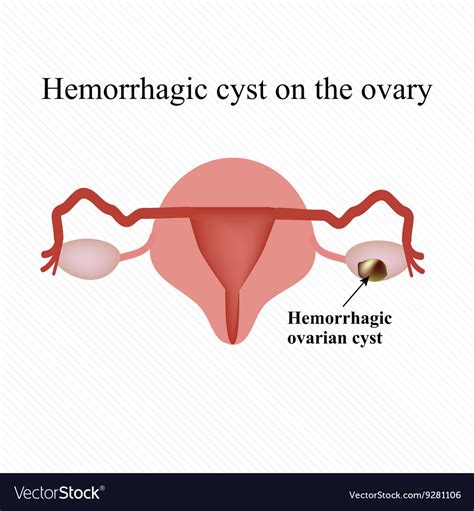
Symptoms and Diagnosis
The symptoms of ovarian hemorrhagic cysts can vary depending on the size and location of the cyst. Common symptoms include pelvic pain, bloating, and irregular menstrual bleeding. In some cases, women may experience severe pain or bleeding, which can be a sign of a ruptured cyst. Diagnosis typically involves a combination of physical examination, ultrasound, and blood tests to rule out other conditions. Treatment options may include watchful waiting, medication, or surgery, depending on the size and severity of the cyst.Treatment Options
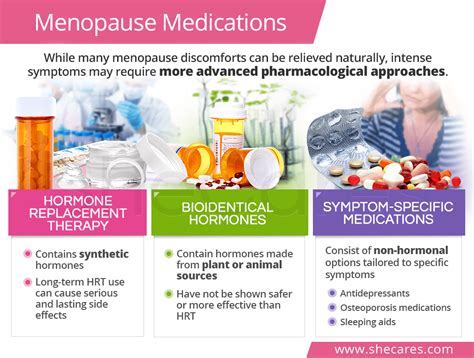
Prevention and Management
Prevention and management of ovarian hemorrhagic cysts involve a combination of lifestyle changes and medical interventions. Women can reduce their risk of developing ovarian cysts by maintaining a healthy weight, eating a balanced diet, and avoiding smoking. Regular exercise and stress management can also help to reduce the risk of ovarian cysts. Women who are experiencing symptoms of ovarian hemorrhagic cysts should seek medical attention to determine the best course of treatment.Complications and Risks
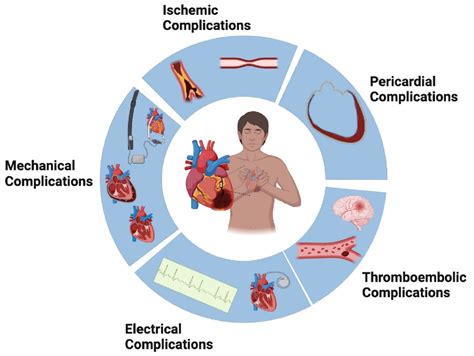
Long-term Outlook
The long-term outlook for women with ovarian hemorrhagic cysts is generally good, especially with prompt medical attention. In most cases, ovarian cysts can be treated effectively with medication or surgery. However, women who have a history of ovarian cysts may be at increased risk of developing future cysts. Regular check-ups with a healthcare provider can help to monitor for any changes or abnormalities in the ovaries.Conclusion and Next Steps

We invite you to share your thoughts and experiences with ovarian hemorrhagic cysts in the comments below. If you have any questions or concerns, please do not hesitate to reach out to us. We are here to provide you with the information and support you need to manage your reproductive health.
What are the symptoms of ovarian hemorrhagic cysts?
+The symptoms of ovarian hemorrhagic cysts can vary depending on the size and location of the cyst. Common symptoms include pelvic pain, bloating, and irregular menstrual bleeding.
How are ovarian hemorrhagic cysts diagnosed?
+Diagnosis typically involves a combination of physical examination, ultrasound, and blood tests to rule out other conditions.
What are the treatment options for ovarian hemorrhagic cysts?
+Treatment options for ovarian hemorrhagic cysts depend on the size and severity of the cyst, as well as the individual woman's overall health. Options may include watchful waiting, medication, or surgery.
Can ovarian hemorrhagic cysts be prevented?
+While ovarian hemorrhagic cysts cannot be completely prevented, women can reduce their risk by maintaining a healthy weight, eating a balanced diet, and avoiding smoking.
What are the complications and risks associated with ovarian hemorrhagic cysts?
+Complications and risks associated with ovarian hemorrhagic cysts include rupture, infection, and ovarian torsion. Women who are experiencing symptoms of ovarian hemorrhagic cysts should seek medical attention immediately to reduce the risk of complications.
